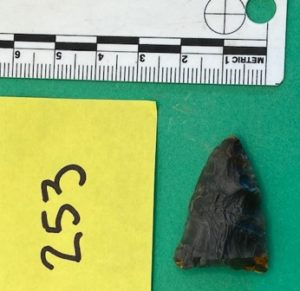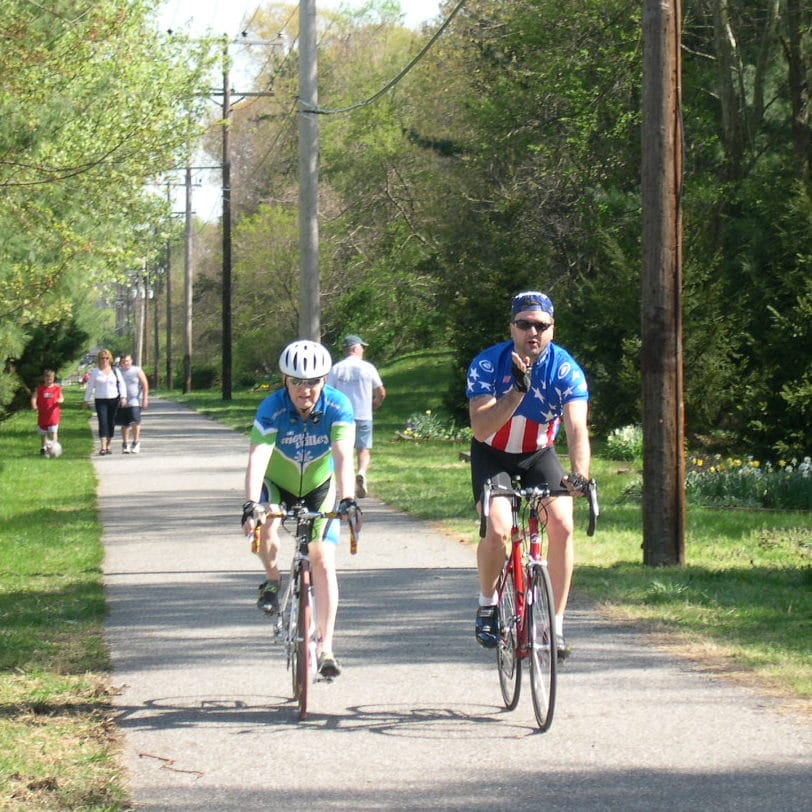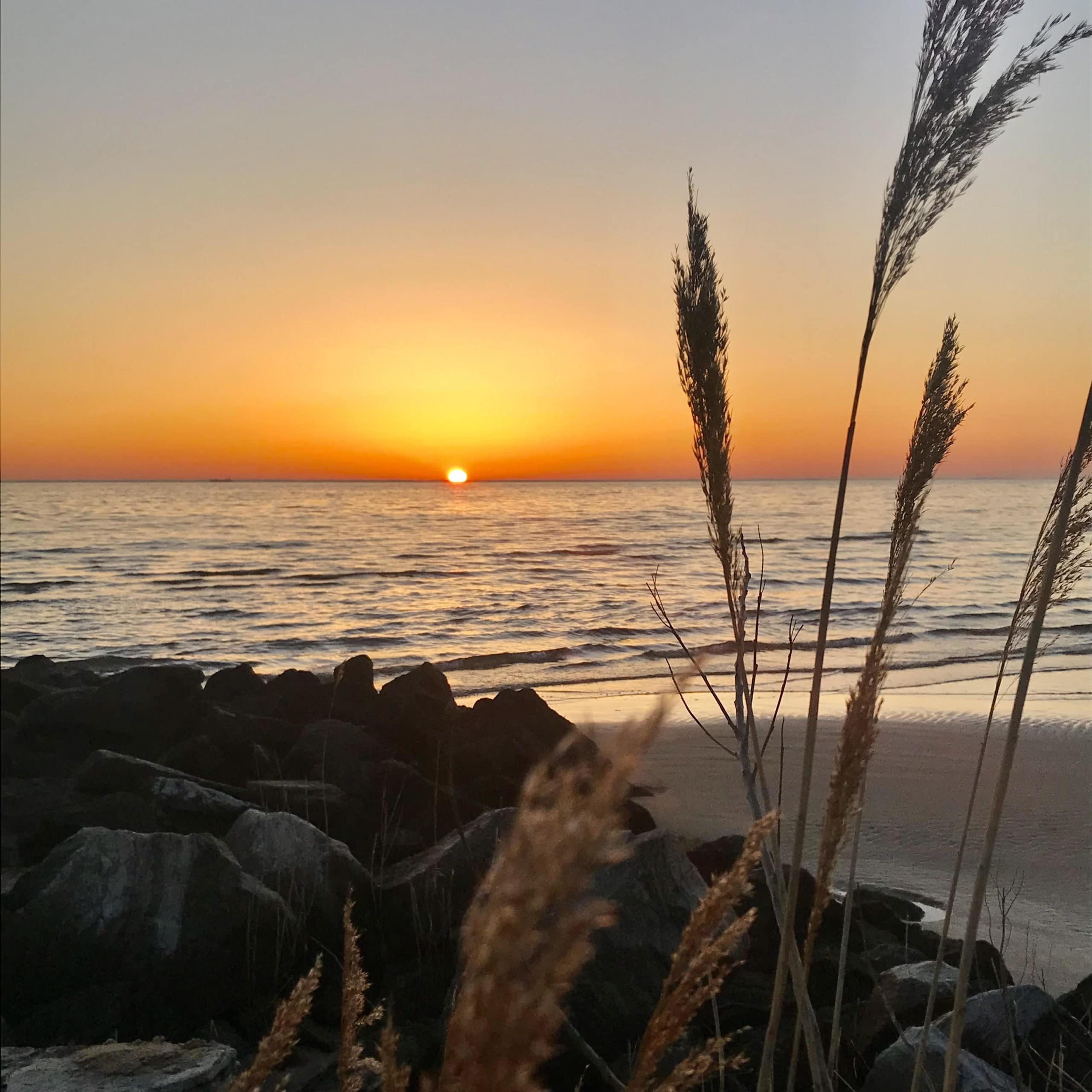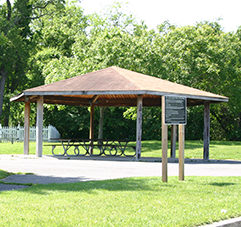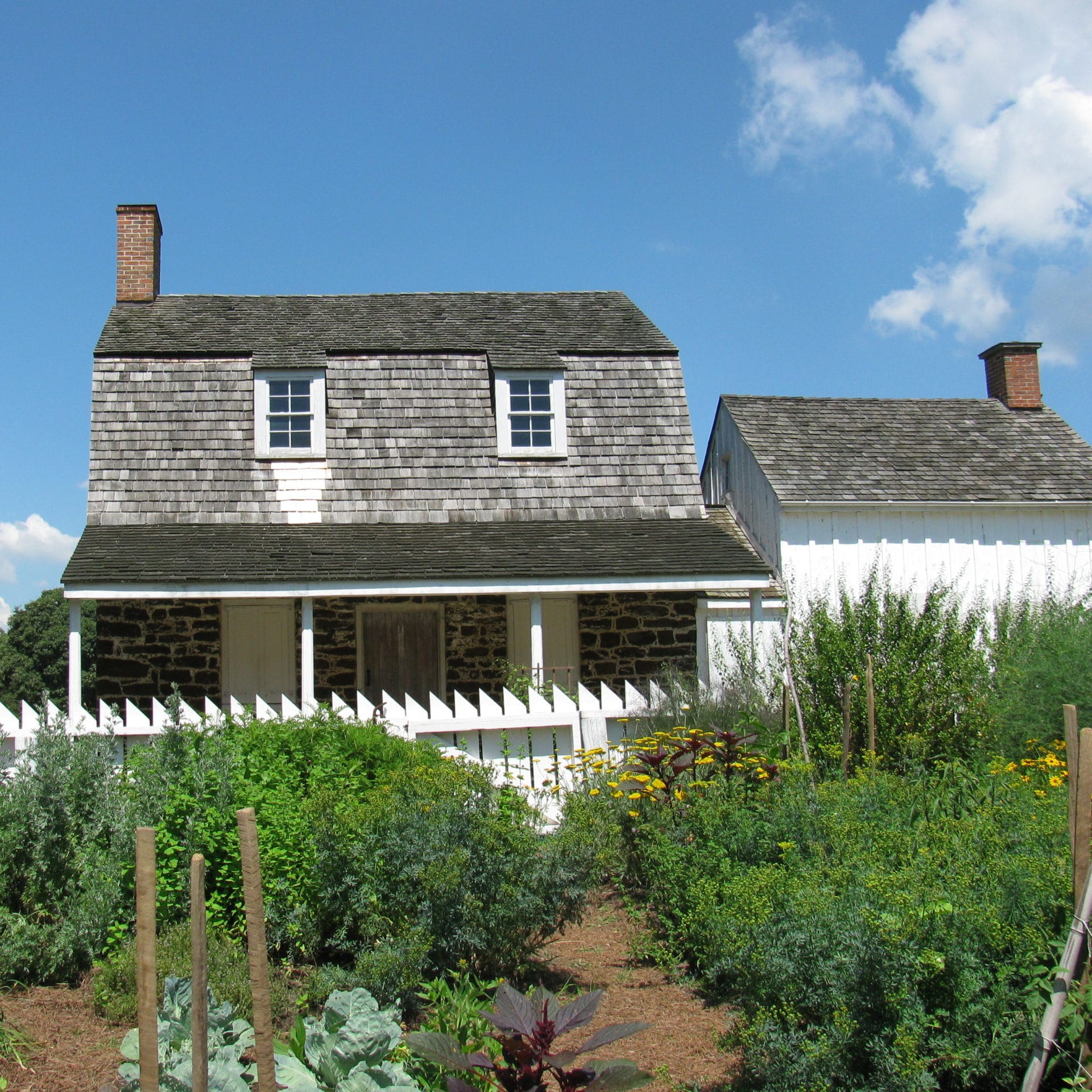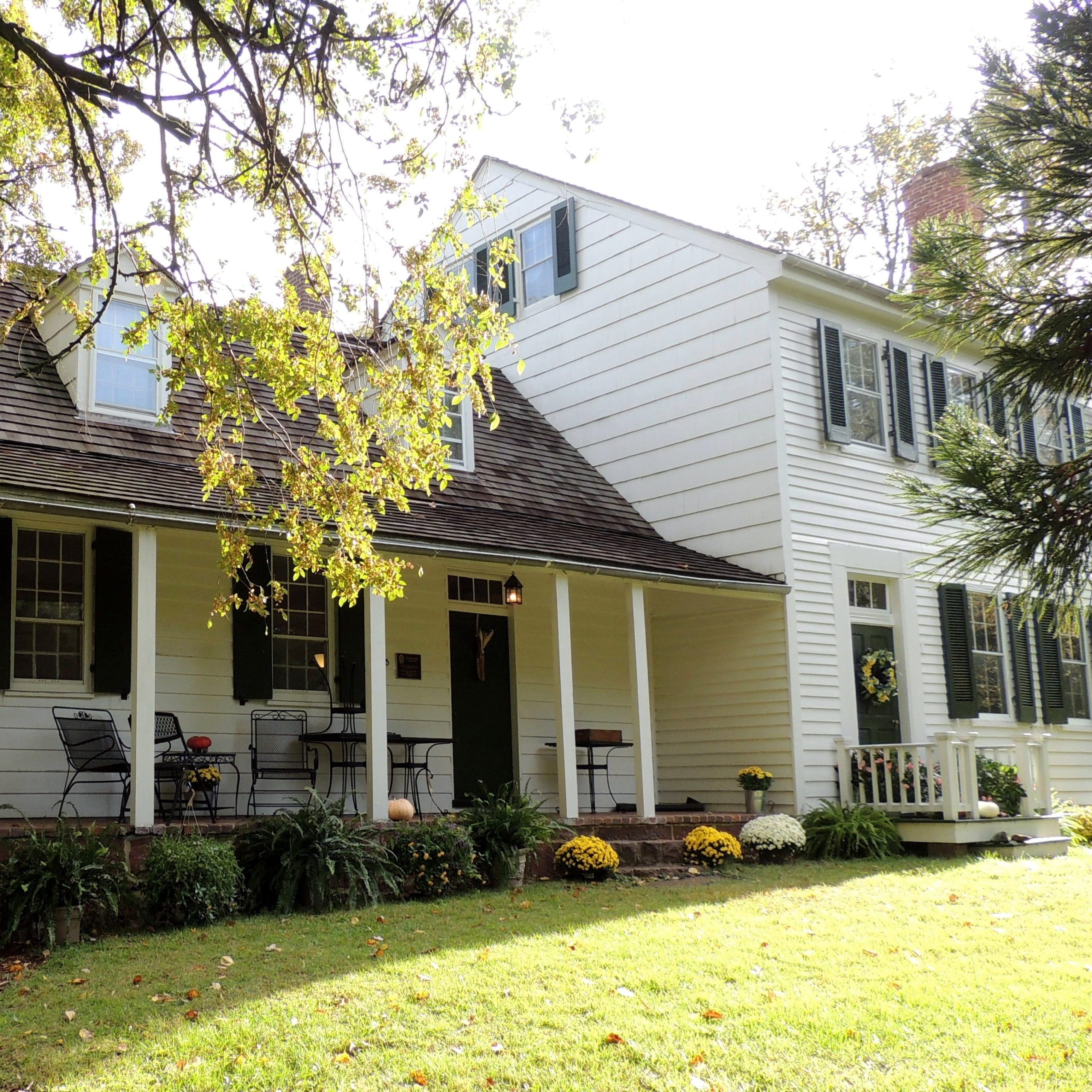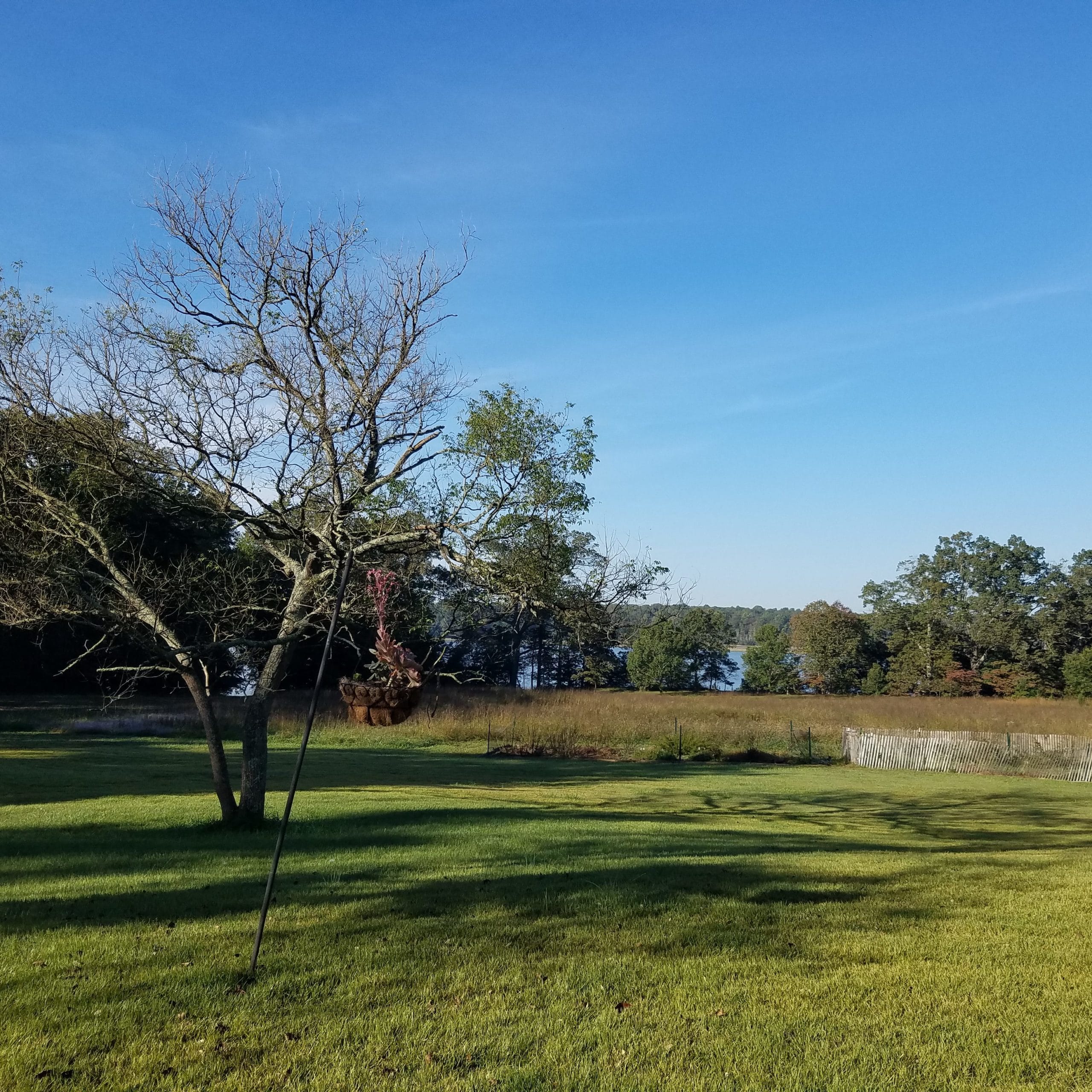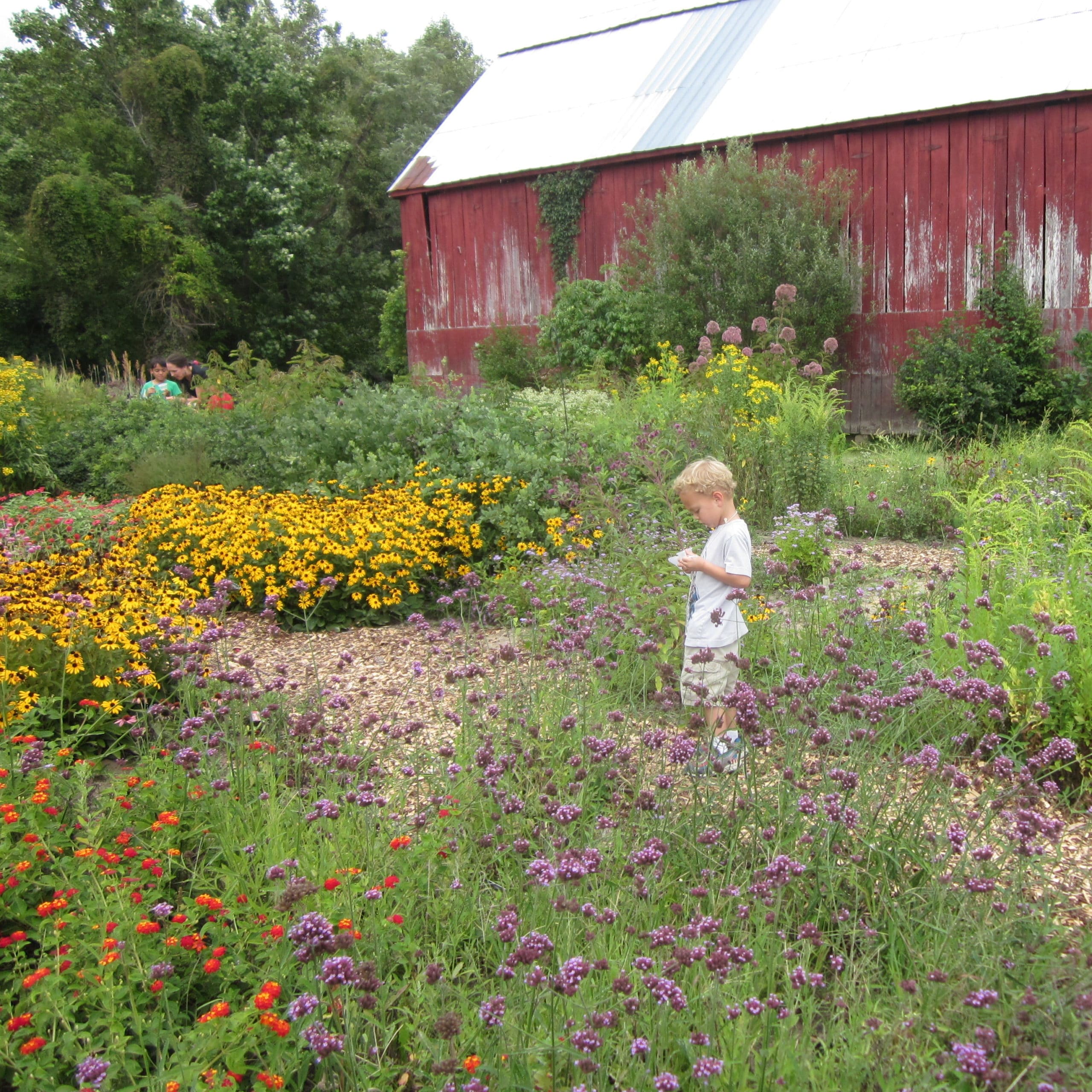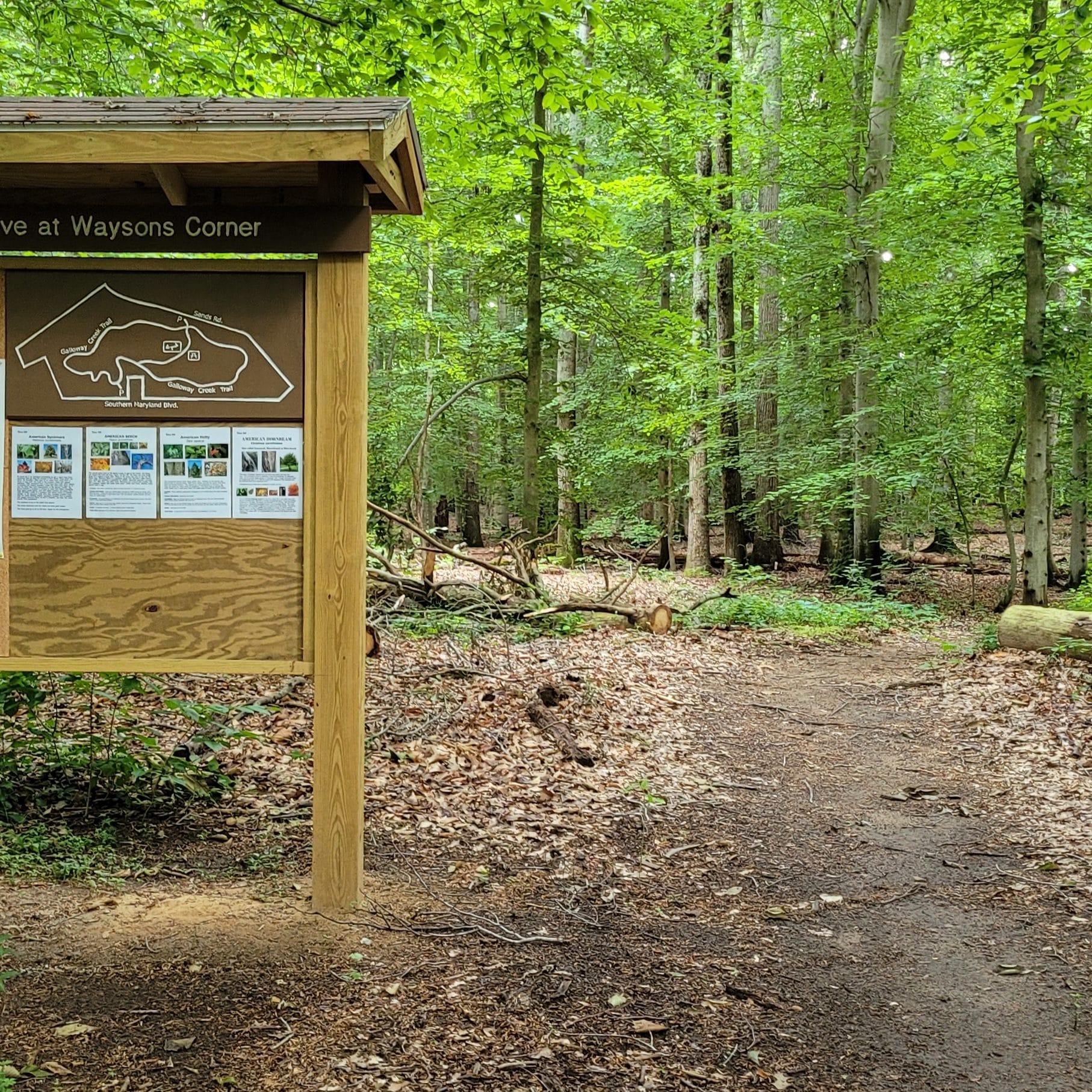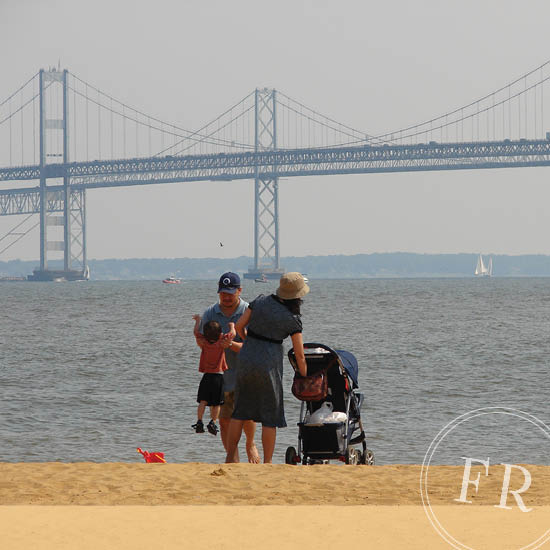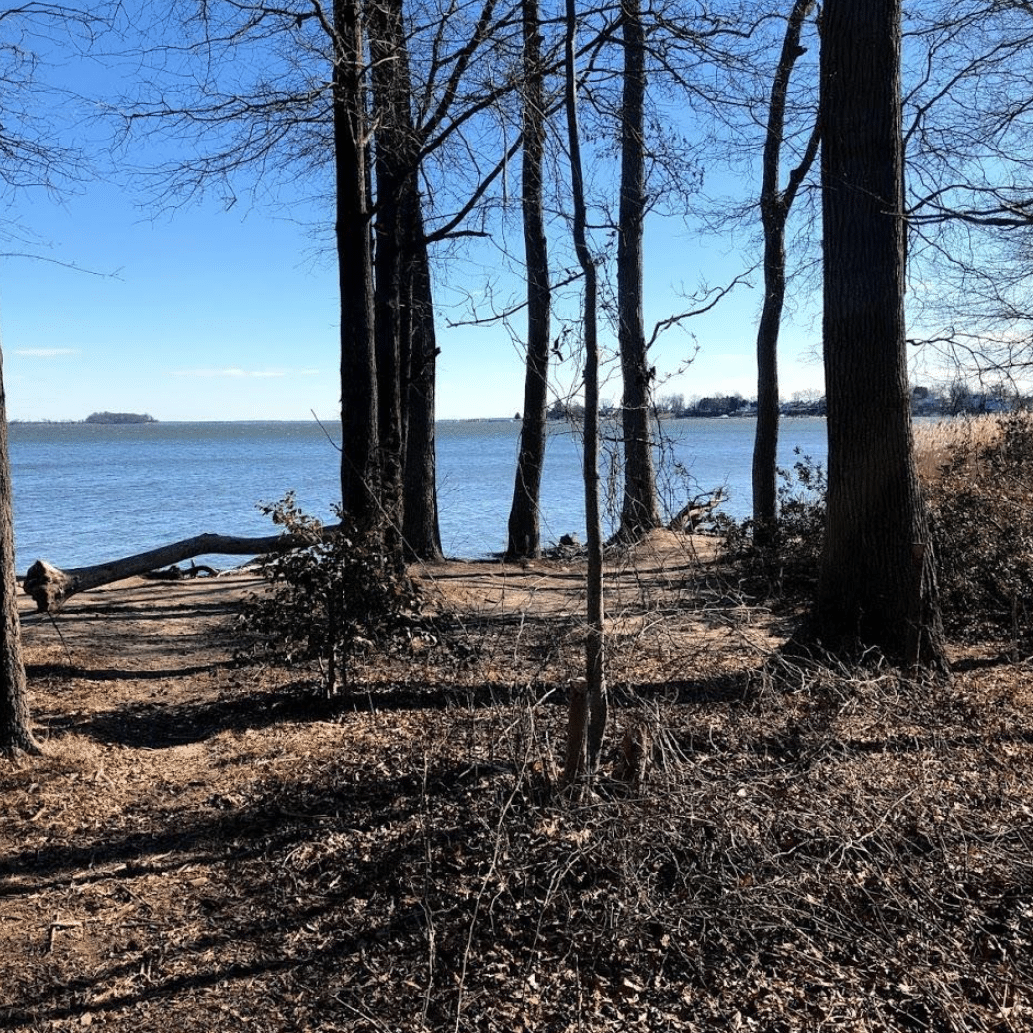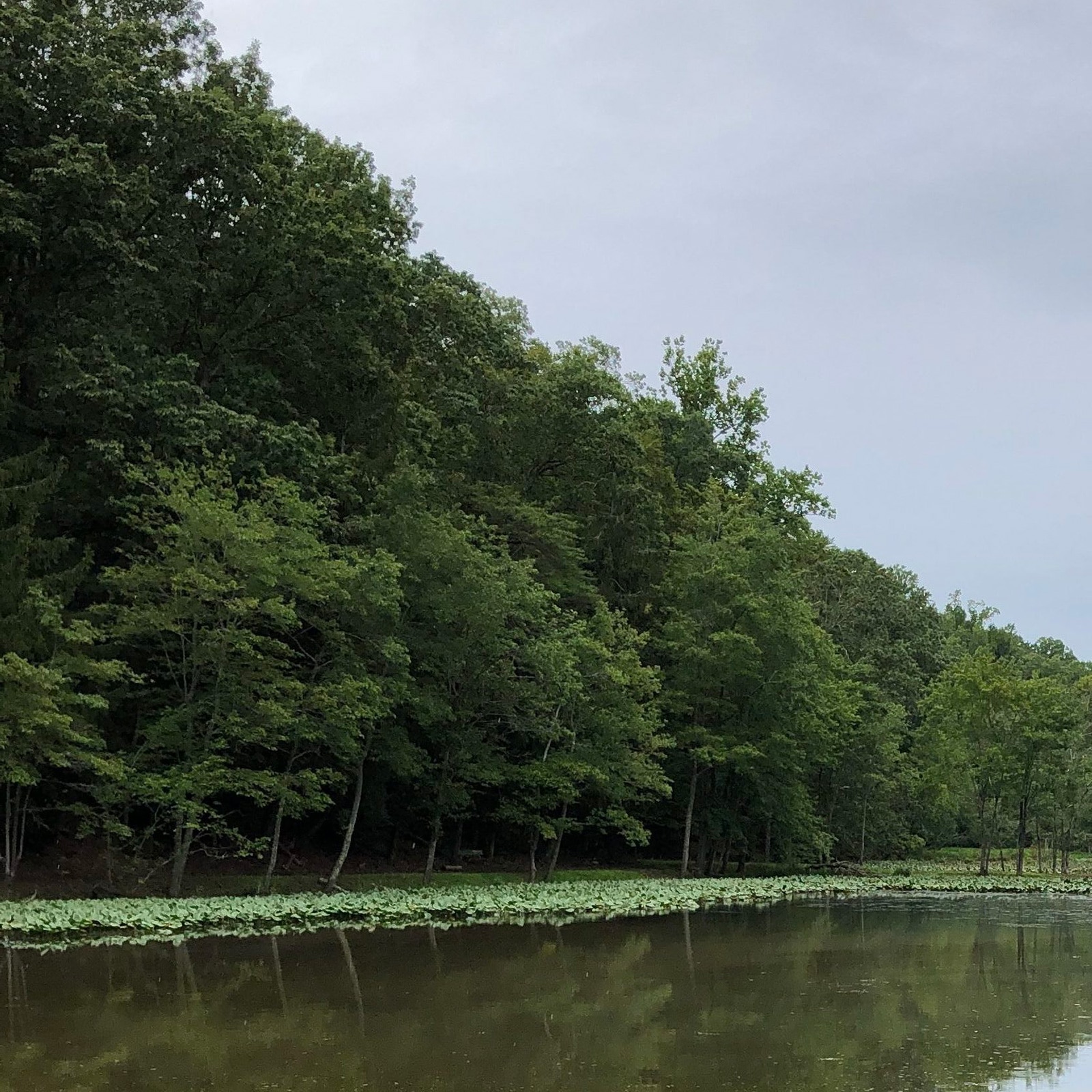The Chesapeake Crossroads Heritage Area includes unique places that reflect our Native American Heritage, including archeological investigations that County archaeologists are working hard to interpret and share.
The Jug Bay Wetlands Sanctuary Complex is an ideal place to share the Native American story with heritage visitors, as it is now recognized as a highly significant and rare archaeological asset. Within a surprisingly small area, there are deeply stratified and relatively untouched archaeological sites representing 12,000 years of human occupation. Dozens of unique archaeological sites have been recorded and studied in the sanctuary and its partner properties, including the Glendening Nature Preserve and the Nature Preserve at Wayson’s Corner. These sites have yielded stone tools, decorative pottery, finely honed projectile points, and evidence of subsistence, trade, and even ancient social structures. The study of these sites provides a small but highly significant window into the rich Native American presence that dominated this area for millennia before Europeans arrived. While providing an important part of the Native American narrative, sites along the Patuxent River need to be understood in relationship to other Native American sites across the county. The densely packed heritage sites in and around Jug Bay, and along the Patuxent River, provide exciting potential for visitors, students, and citizens to explore the legacy and places where Native Americans lived for some 12,000 years.
Sites such as the Benson-Hammond House and Kuethe Library offer additional public venues for interpretation and exhibition of prehistoric artifacts, adding another means by which visitors can engage with Anne Arundel County’s Native American heritage.
Visit the attractions below to learn more and continue to check back as more online content is added.



